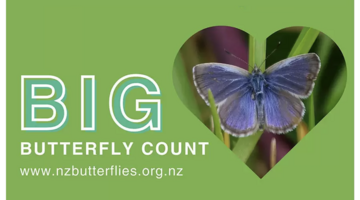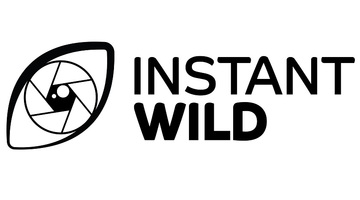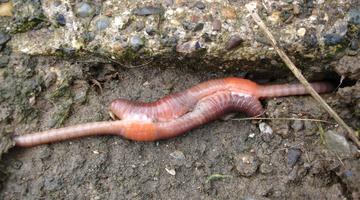

Moths are members of the order Lepidoptera, but these mostly nocturnal creatures are often in the shadow of the brighter, day-flying butterflies. New Zealand has fewer than 20 butterfly species ...
READ MORE

Research on godwit migration involves tracking or following the flight path of the birds. Scientists like Dr Phil Battley and Dr Jesse Conklin from Massey University do this by putting a tracking ...
READ MORE

The Aotearoa New Zealand longfin eel tuna (Anguilla dieffenbachii) is New Zealand’s only endemic freshwater eel. Our shortfin eel (Anguilla australis) is also found in Australia and some Pacific ...
READ MORE

In this activity, students take on the role of a native frog, native bird or introduced mammalian predator and participate in a physically active simulation. The activity highlights different ...
READ MORE

In this activity, students set up and walk a transect to observe and record butterfly sightings. They act as citizen scientists to monitor changes in the local environment. Modify this activity ...
READ MORE

In this activity, students consider some of the ethical issues involved with keeping earthworms (and other animals) captive in a classroom setting. By the end of this activity, students should be ...
READ MORE

This New Zealand-based citizen science project collects data about butterflies in our gardens, schools, parks and farms – any location in the country or on the outer islands. This annual event – ...
READ MORE

Instant Wild is an initiative by the Zoological Society of London. Photos or videos of animals are recorded using hidden cameras in a range of worldwide locations. The aim is to increase the ...
READ MORE

Although invisible to the naked eye, marine microbes drift continually in our ocean systems, quietly consuming up to 50% of the Earth’s CO2 through photosynthesis and producing nearly as much ...
READ MORE

Investigate insects found in New Zealand to answer questions about life cycles, classification, conservation and biosecurity. Start by watching our webinar All about insects. Below are links to a ...
READ MORE

In this webinar, join Greta Dromgool as she introduces Tom Saunders and Chrissie Painting – two of Aotearoa New Zealand’s amazing entomologists. Delve into the fascinating world of insects and ...
READ MORE

Earthworms are of interest to most children, are easily accessible and are an animal species easily kept in the classroom for short periods of time. This makes them ideal subjects for exploring ...
READ MORE
Dr Robert Hoare, of Manaaki Whenua – Landcare Research, talks about why he loves moths – a fascinating story of how an entomologist grew to love these night-time fliers. Points of interest ...
READ MORE
Quantitative ecologist Dr Barbara Anderson and members of Te Kura Kaupapa Māori o Ōtepoti introduce the Ahi Pepe MothNet project.
READ MORE
Ka kōrerorero kā tamariki me kā kaimahi o Te Kura Kaupapa Māori mō kā whāika o te whakatakaka Ahi Pepe MothNet, mō te te hiraka o kā pepe tuna i kā pūnaha hauropi, ā, mō te take he tauira pai te ...
READ MORE

Exploring moths as ecological indicators of health and connectedness in our natural world. Select here for further information, transcript and copyright.
READ MORE

Use this Aotearoa New Zealand native butterflies slideshow to learn more about native butterfly habits and behaviour, then go butterfly hunting! Use the Slideshow menu for further options ...
READ MORE

The life cycle of the monarch butterfly. Click on one of titles to find out more about each stage. Select here to view the full transcript and copyright information.
READ MORE